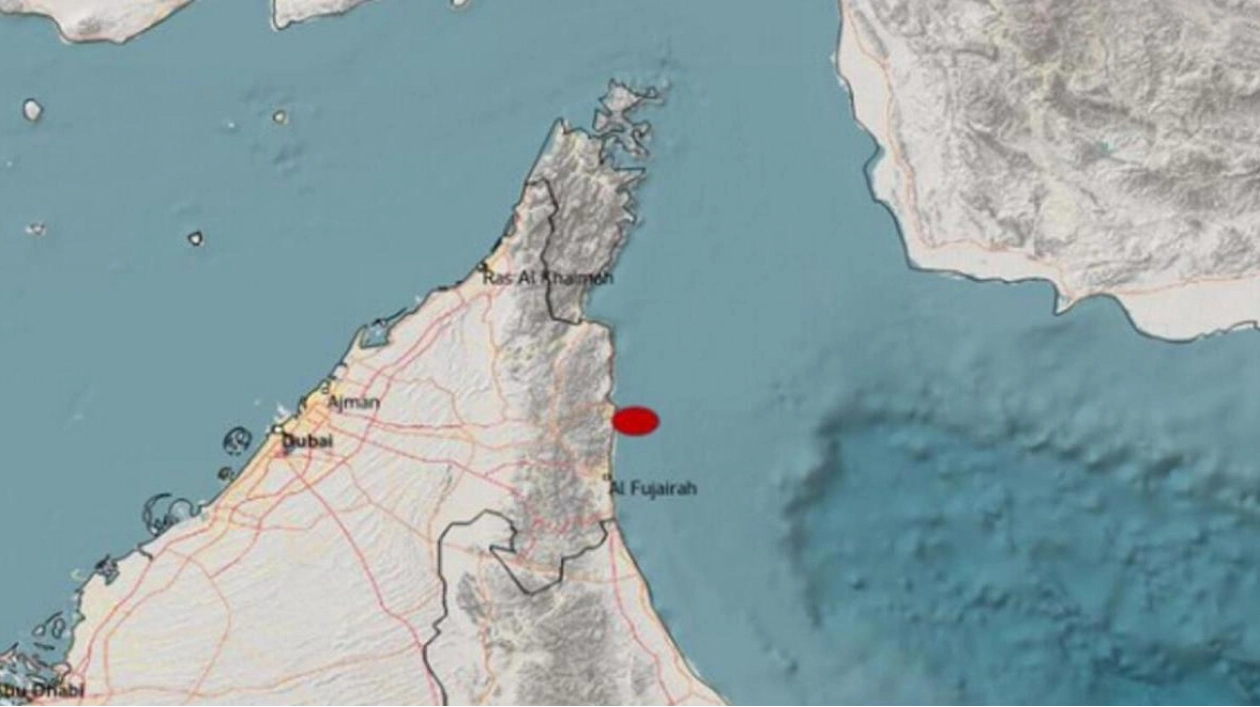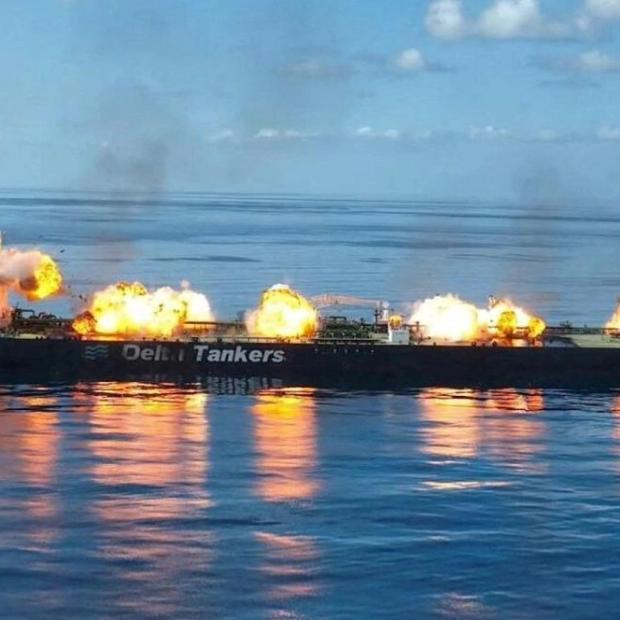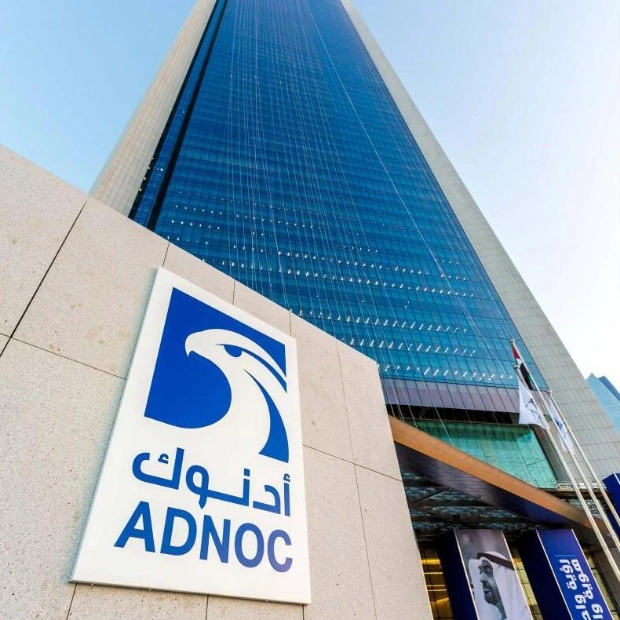Photo: NCM/X
Despite the UAE not being situated in a major earthquake zone, it occasionally encounters minor tremors. This is due to its close proximity to the Zagros mountain range, one of the world's most active seismic regions. According to a seismologist from the UAE’s National Center of Meteorology (NCM), the Zagros range, which extends through Iran and Iraq, frequently experiences seismic activity, sometimes resulting in powerful earthquakes. “These events, though usually centered hundreds of kilometers away, can cause tremors that may be felt in parts of the UAE, particularly in the Northern Emirates,” explained Mohamed Alhassani, Acting Head of Seismic Monitoring Section at NCM, in an exclusive interview with Khaleej Times. “We are part of the Arabian plate, which is moving towards the Eugene plate. The movement of these plates causes earthquakes in Southern Iran, specifically in the Zagros mountains. This is considered the primary seismic source around the UAE.”
The other significant seismic source is the Makran Subduction Zone, located in the northern part of the Arabian Sea, off the southern coasts of Iran and Pakistan. These two areas are the main seismic sources surrounding the UAE. Alhassani emphasized that the tremors felt in the UAE are generally mild and pose minimal risk to the country’s infrastructure. “The seismicity of the UAE is considered low. The largest earthquake recorded in the seismic catalogue occurred in Fujairah's Masafi region in 2002, with a magnitude of 5.0 on the Richter scale,” he added.
The NCM continuously monitors seismic activity and collaborates with international agencies to ensure the UAE is prepared for any potential impact, focusing on emergency readiness and public awareness. The National Seismic Network, comprising 25 stations distributed across all emirates, observes these seismic events. Broadband stations, equipped with broadband seismometers, detect a wide range of frequencies, from very low to higher frequencies, capturing both small, distant seismic waves and local, large earthquakes. In contrast, strong motion stations, less sensitive to weak motions but effective in recording intense, localized shaking, are essential in areas prone to strong earthquakes.
The UAE has over 85 strong motion stations and exchanges data with neighboring countries. Data from more than 145 stations from the Global Seismic Network (GSN) is analyzed 24/7. This ensures that any significant events globally or within the UAE are thoroughly analyzed. Predicting earthquakes remains beyond current scientific capability worldwide. However, continuous monitoring and real-time data analysis are employed to determine key parameters such as the earthquake’s location, depth, and magnitude. When significant seismic activity is detected, authorities are promptly informed to assess any necessary actions.
The National Seismic Network’s catalogue includes both historical and instrumental data, providing records dating back before the network was officially set up. In a hypothetical scenario, a high-intensity earthquake in neighboring countries could trigger rising waves along the UAE’s coasts. Advanced analytical software can simulate these scenarios within minutes of an earthquake, allowing relevant agencies to respond swiftly and take necessary action.
Source link: https://www.khaleejtimes.com






